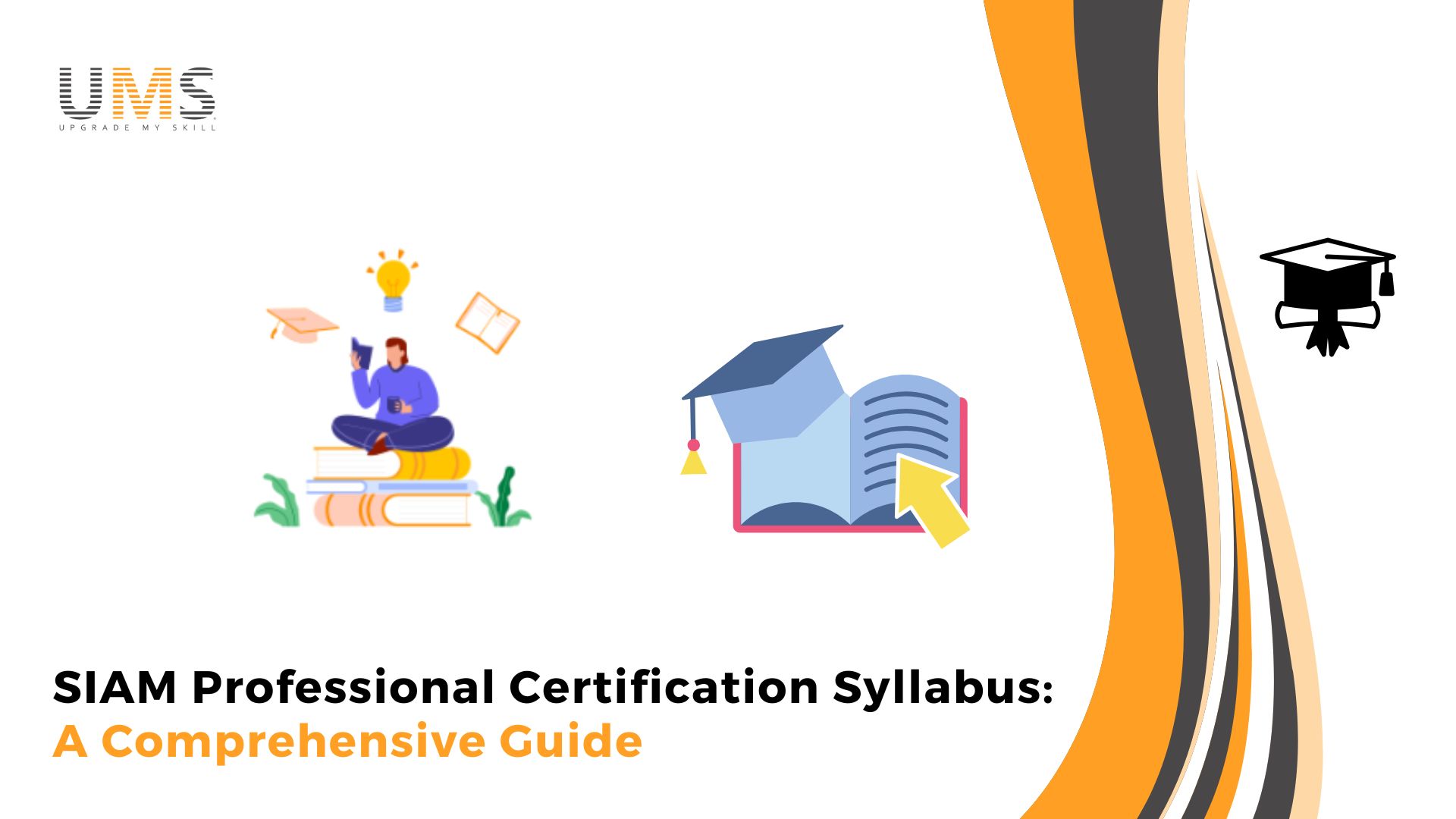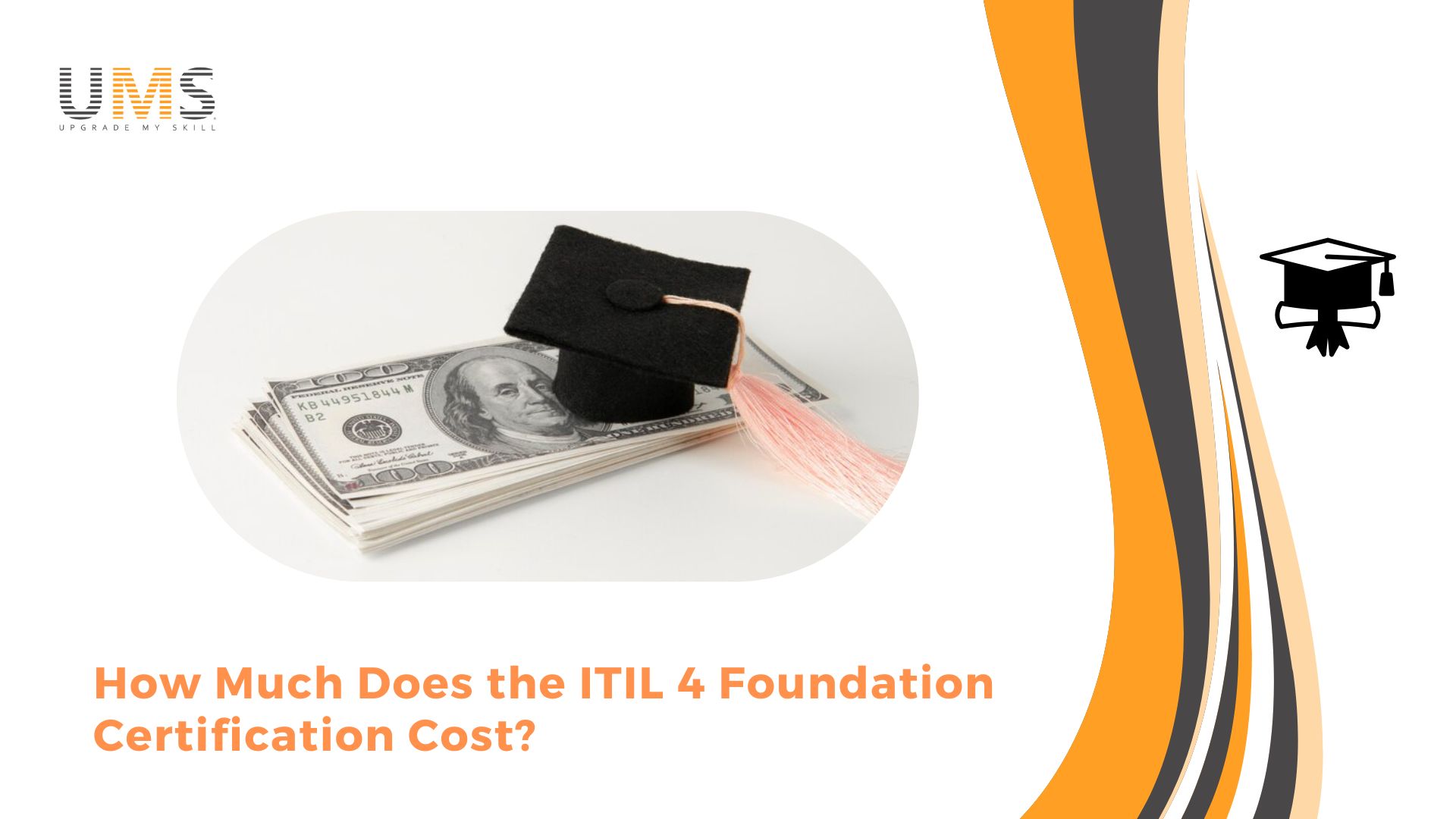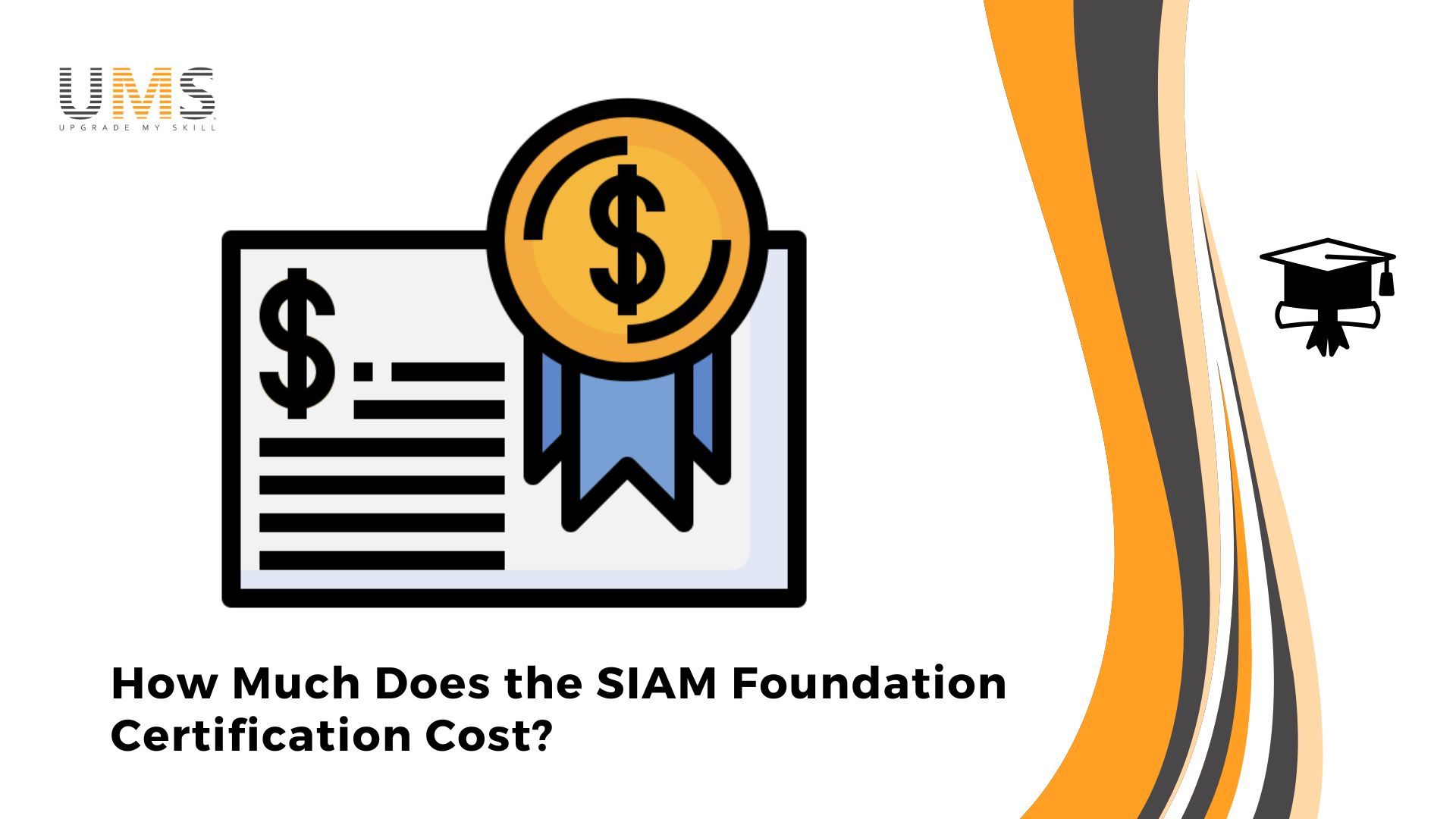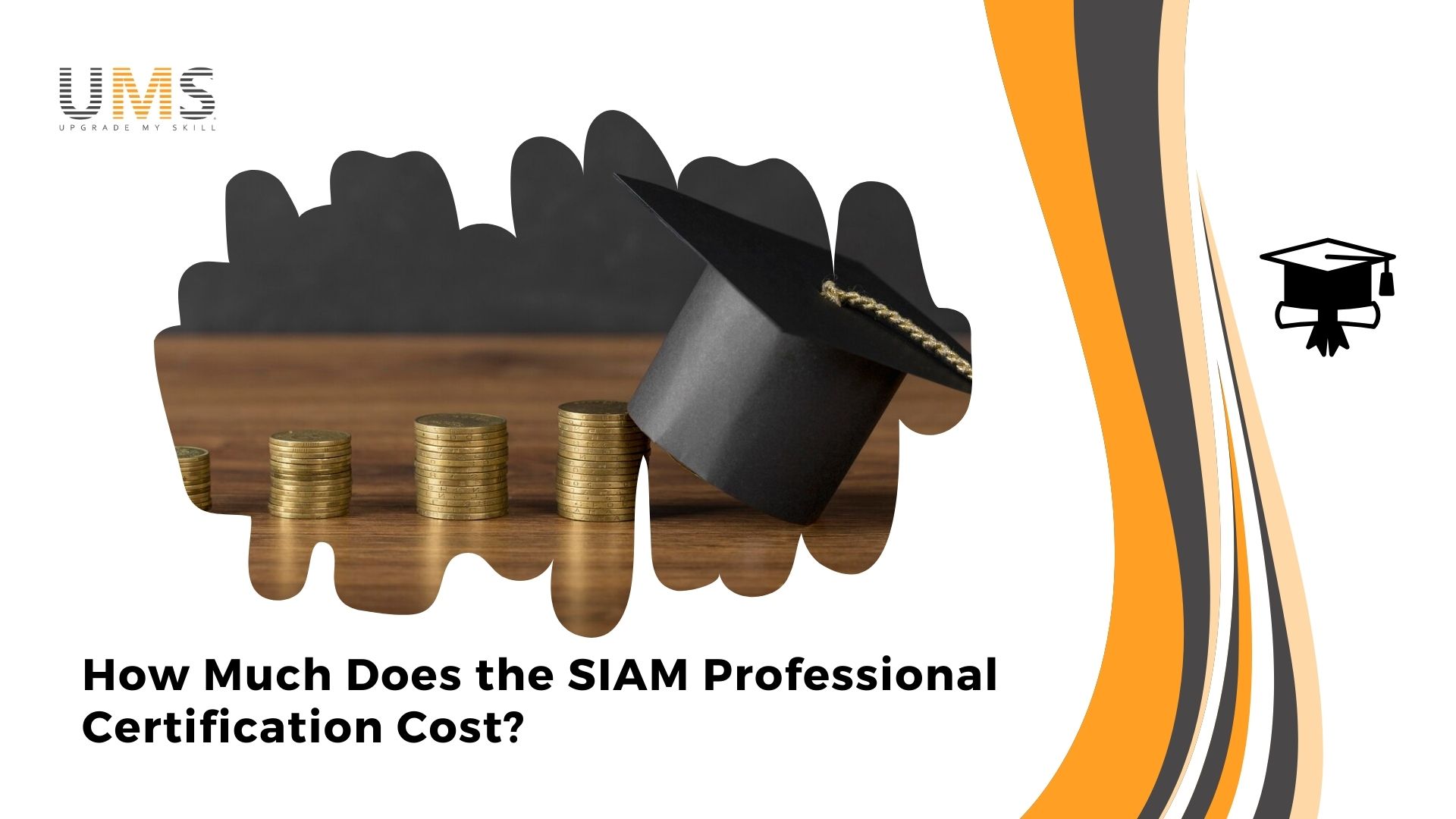- Posted By Admin
- Mar 21, 2025

In today’s complex business landscape, effective service integration and management are crucial for organizations to streamline operations and ensure optimal service delivery. The SIAM (Service Integration and Management) Professional Certification is designed to validate your expertise in managing and integrating services across multiple suppliers. This certification positions you as a key player in ensuring efficient collaboration and coordination among various service providers. This comprehensive guide explores the essential components of the SIAM Professional Certification syllabus, helping you become an expert in SIAM practices.
The SIAM Professional Certification is designed to assess your proficiency in implementing and managing the SIAM framework within an organization. This certification demonstrates your ability to coordinate services, integrate multiple suppliers, and improve overall service delivery and management. As businesses continue to operate in multi-vendor environments, the demand for professionals who can seamlessly integrate these services grows. The SIAM Professional Certification showcases your ability to align service providers with organizational goals and deliver continuous value to the business.
Several certification providers offer SIAM Professional Certification, and while the syllabus may vary slightly, the core components remain consistent. SIAM professionals are expected to possess in-depth knowledge of best practices, tools, and techniques to manage service integration across diverse vendors and stakeholders.
Before diving into the intricacies of SIAM, it’s essential to understand the core principles:
The certification syllabus places a strong emphasis on understanding governance and roles within a SIAM framework:
SIAM governance ensures structured management of service providers.
Key Governance Aspects:At the heart of the SIAM framework lies the integration of processes and practices:
Effective use of tools and techniques is essential to managing a multi-supplier environment:
Managing risks and issues is a critical part of SIAM implementation:
Effective communication and collaboration are essential for the success of SIAM:
To successfully earn the SIAM Professional Certification, thorough preparation is key:
Achieving the SIAM Professional Certification is a valuable step in advancing your career in service management. By mastering the SIAM framework and its associated practices, you position yourself as an expert in integrating and managing services across multiple suppliers. This certification not only validates your skills but also demonstrates your ability to deliver efficient, high-quality services in complex multi-vendor environments.
Fast Filling! Hurry Up.
Fast Filling! Hurry Up.
Fast Filling! Hurry Up.
At UpgradeMySkill, we offer expert-led, hands-on SIAM Professional Certification Training to help you excel in your certification journey. Our comprehensive training program covers all aspects of the SIAM framework, equipping you with the knowledge and skills needed to successfully pass the certification exam. With real-world case studies, practical examples, and in-depth learning materials, our training ensures you’re fully prepared to integrate and manage services across multiple suppliers.
Take the first step toward advancing your career in service integration and management by enrolling in our SIAM Professional Certification Training today! For more information, visit: SIAM Professional Certification

The ITIL 4 Foundation Certification enhances career prospects, improves service management skills, and increases salary poten...

The SIAM Foundation Certification boosts your career in IT service management by enhancing your skills in managing multi-prov...

The SIAM Professional Certification costs between $1,000 and $3,000, depending on factors like training provider, certificati...

The ITIL 4 Foundation Certification enhances career prospects, improves service management skills, and increases salary poten...

The SIAM Foundation Certification boosts your career in IT service management by enhancing your skills in managing multi-prov...

The SIAM Professional Certification costs between $1,000 and $3,000, depending on factors like training provider, certificati...